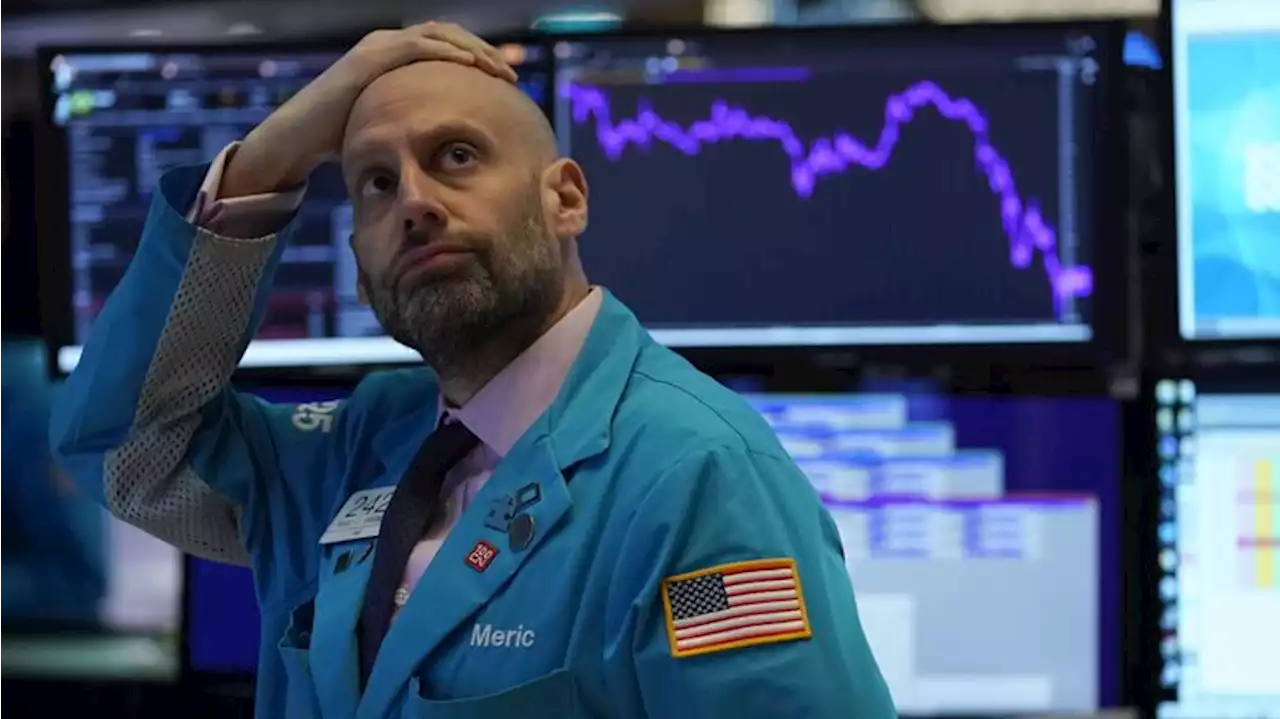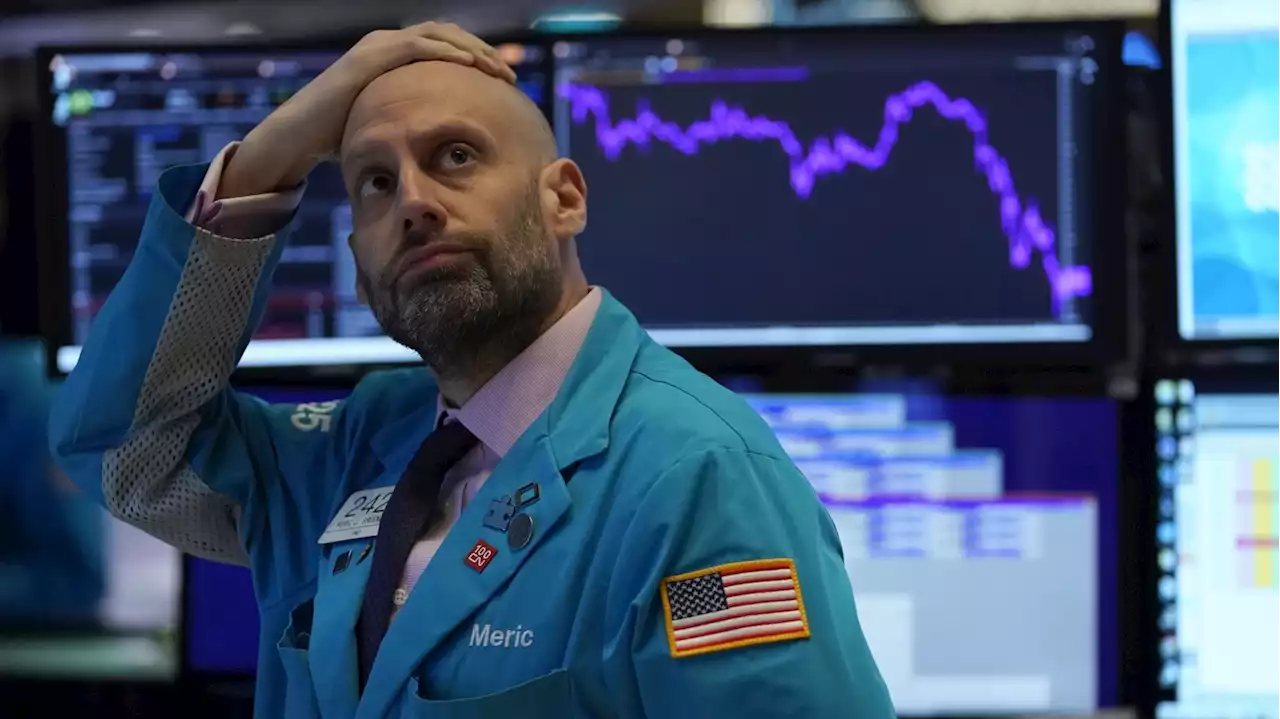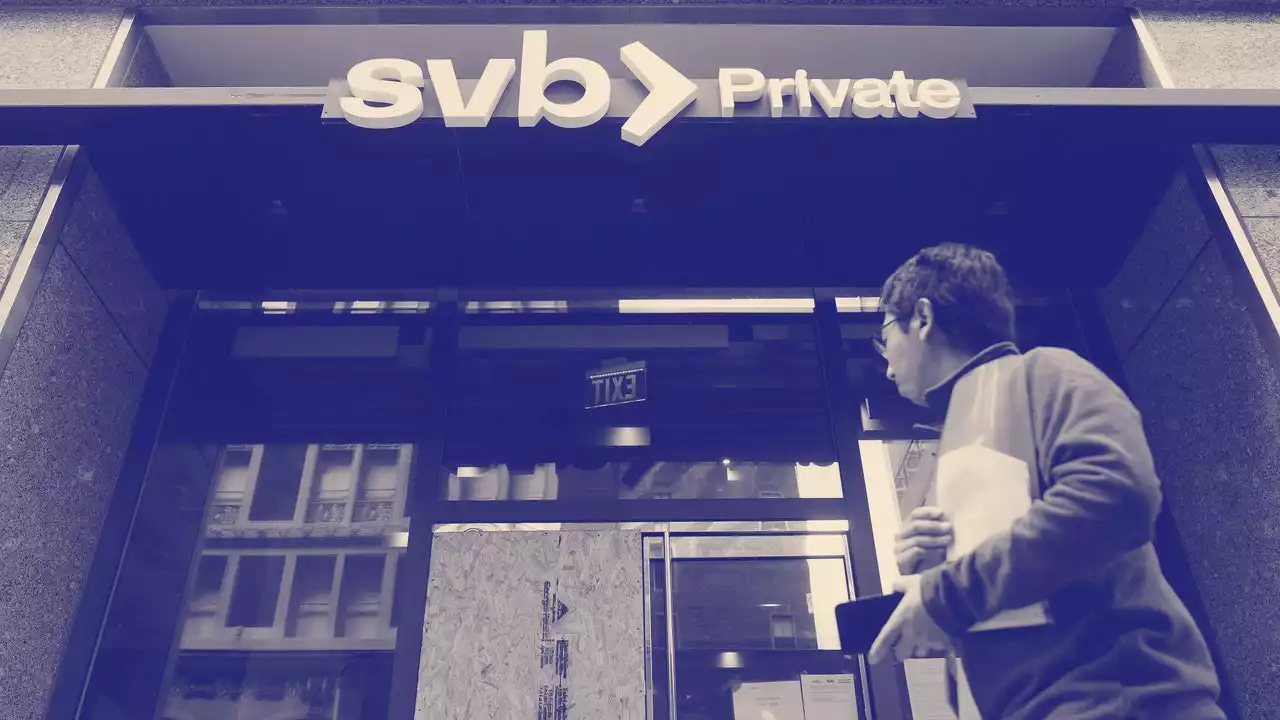In a new Q. & A., IChotiner speaks with Peter Conti-Brown, an associate professor of financial regulation, about the Silicon Valley Bank collapse and how much autonomy and power regulators really possess.
has indicated that, more than a year ago, the San Francisco Fed did notice problems—including how the bank managed its exposure to changes in interest rates and whether it would have enough cash in a crisis—and warned S.V.B. about them.
To escalate from an M.R.A. to a Matter Requiring Immediate Attention typically requires the approval of a supervisor of supervisors, sometimes called a chief examiner. That chief examiner covers a number of different banks and isn’t going to act unilaterally. Typically—again, this isn’t spelled out in any kind of public document—the chief examiner, in consultation with others at the Federal Reserve Bank and the Board of Governors in Washington, D.C., will reach the determination. Of the many M.
It is important to recall that Dodd-Frank is seventeen different laws. And the one that we are debating in this case is really Title I of Dodd-Frank. Title X is the Consumer Financial Protection Bureau. Title VII is about derivatives. And so, when we say Dodd-Frank, we’re talking about a lot of changes to the financial system.
How did the 2018 law change things—both very specifically in terms of what was mandated by law and also in the ways that regulators went about their jobs? The congressional instruction, as understood by just about everybody who voted in favor of the bill and who has a public statement about it, was, “We need to pull back. Dodd-Frank went too far. Leave the big banks as they were, and provide some relief to all the rest.” The regulators took their cue from Congress to do just that. And not only the Fed but also the Treasury Department, the F.D.I.C., and others.
This is appropriate, let’s be clear, because the Fed works for Congress, and elections have consequences. When Congress writes a law and gives direction, even if it’s broad direction, to the entities it has created, we want those entities to follow that general instruction. For this reason, it is very appropriate to blame the legislative sponsors of the 2018 law for sending a not-very-subtle message to the Fed to pull back. Congress sent that message, and the Fed heard it.
Now, I have no sympathy for these banks, because the Fed told all of us everywhere exactly what it was doing, starting fifteen months ago, and most banks got the message and took the appropriate steps. But, if the Fed was just focussing on monetary policy, it wasn’t only that they were ignoring supervision. It’s that they weren’t using supervision to see how their own monetary policy was being felt within the system.
The case against this is that, even if that is true, the Fed doesn’t actually use that information, because they’re all a bunch of bookish economists who use complex models to think through data that are publicly available, and to advise central bankers to make decisions on that basis. They are just so divorced from the real world, in a different kind of an ivory tower, that even the information that is unique and special from bank supervision is just squandered by them.
United States Latest News, United States Headlines
Similar News:You can also read news stories similar to this one that we have collected from other news sources.
 Bank fail: How rising interest rates paved the way for Silicon Valley Bank's collapseSilicon Valley Bank invested billions of dollars in super safe U.S. government bonds. But that choice exposed to the bank to a whole other set of risks.
Bank fail: How rising interest rates paved the way for Silicon Valley Bank's collapseSilicon Valley Bank invested billions of dollars in super safe U.S. government bonds. But that choice exposed to the bank to a whole other set of risks.
Read more »
 Bank fail: How rising interest rates paved the way for Silicon Valley Bank's collapseSilicon Valley Bank invested billions of dollars in super safe U.S. government bonds. But that choice exposed to the bank to a whole other set of risks.
Bank fail: How rising interest rates paved the way for Silicon Valley Bank's collapseSilicon Valley Bank invested billions of dollars in super safe U.S. government bonds. But that choice exposed to the bank to a whole other set of risks.
Read more »
California House Democrats demand investigation into Goldman Sachs’ relationship with Silicon Valley BankA group of 20 California House Democrats, including Rep. Adam Schiff, called on federal law enforcement Friday to investigate the relationship between...
Read more »
![]() Parent company of Silicon Valley Bank files for bankruptcySVB Financial Group is filing for Chapter 11 bankruptcy protection. siliconvalleybank kprc2 click2houston
Parent company of Silicon Valley Bank files for bankruptcySVB Financial Group is filing for Chapter 11 bankruptcy protection. siliconvalleybank kprc2 click2houston
Read more »
![]() Biden, DNC will give Silicon Valley Bank-tied donations tied to charityThe Democratic National Committee and President Biden’s 2020 campaign plan to rid themselves of political donations linked to the failed Silicon Valley Bank, the DNC said on Friday. Biden&82…
Biden, DNC will give Silicon Valley Bank-tied donations tied to charityThe Democratic National Committee and President Biden’s 2020 campaign plan to rid themselves of political donations linked to the failed Silicon Valley Bank, the DNC said on Friday. Biden&82…
Read more »
